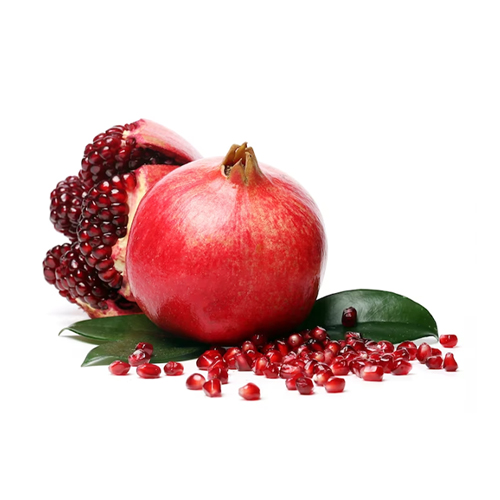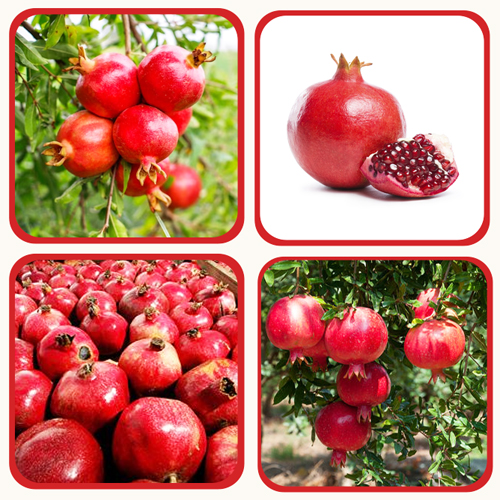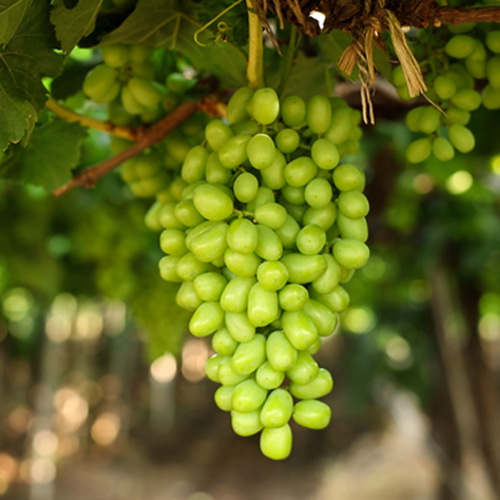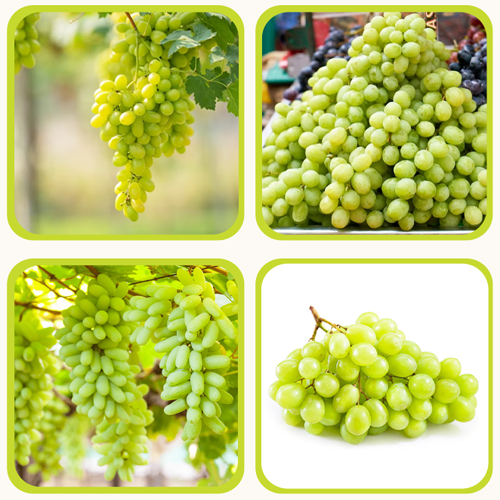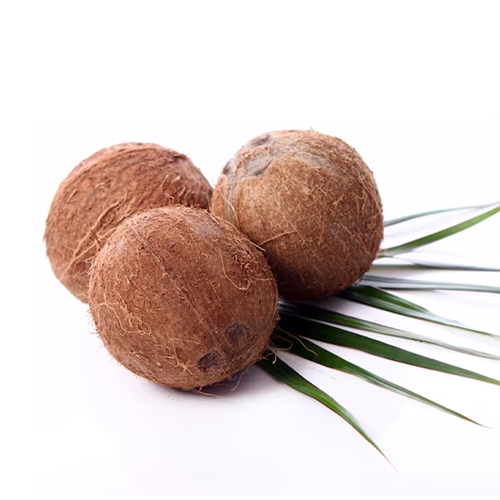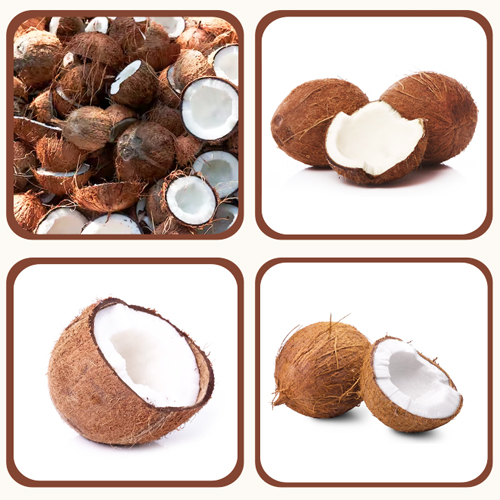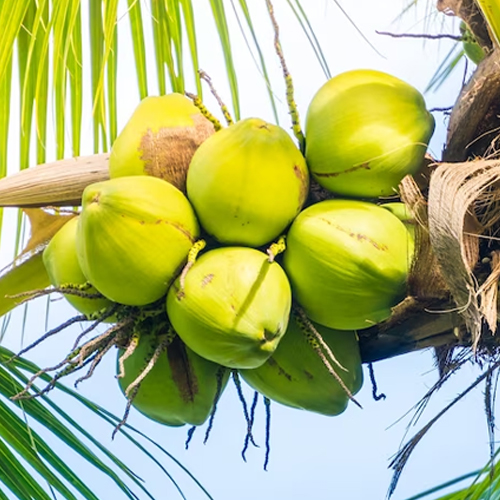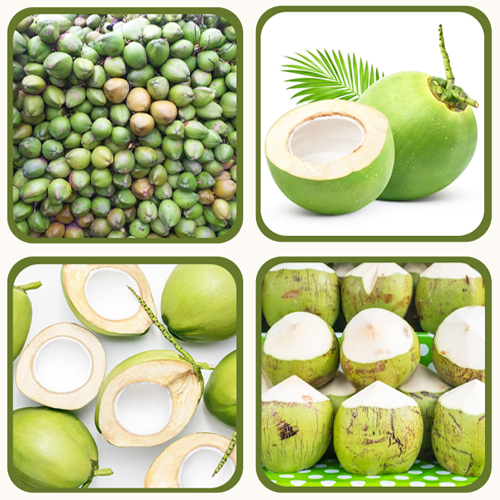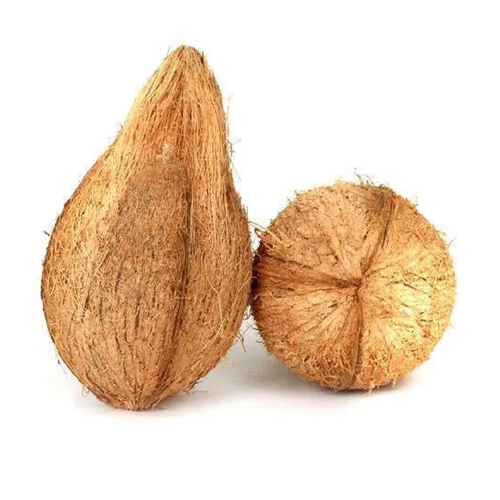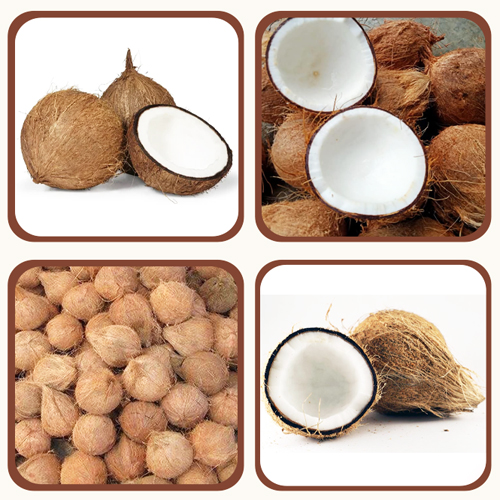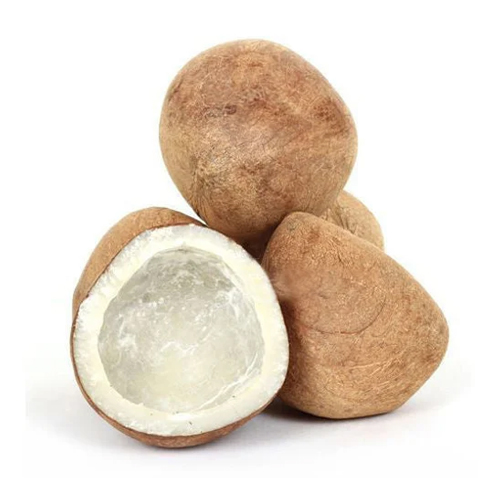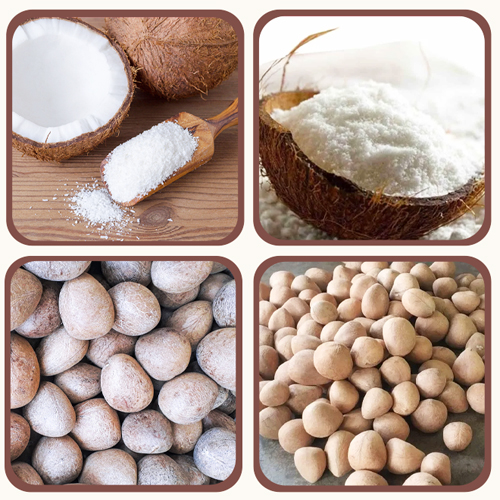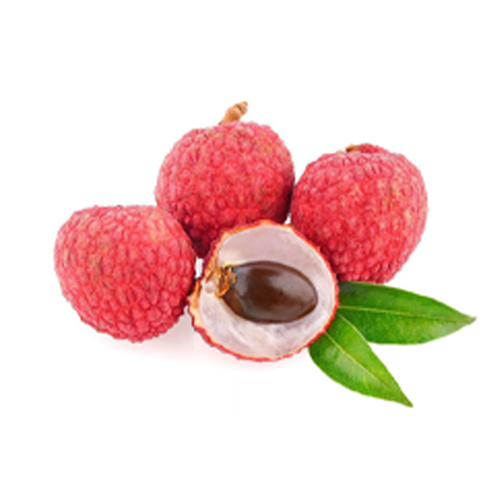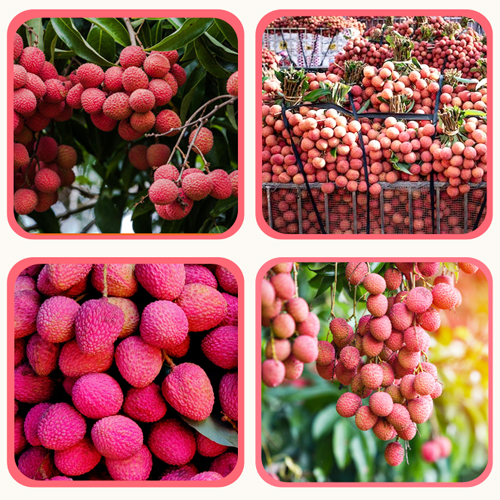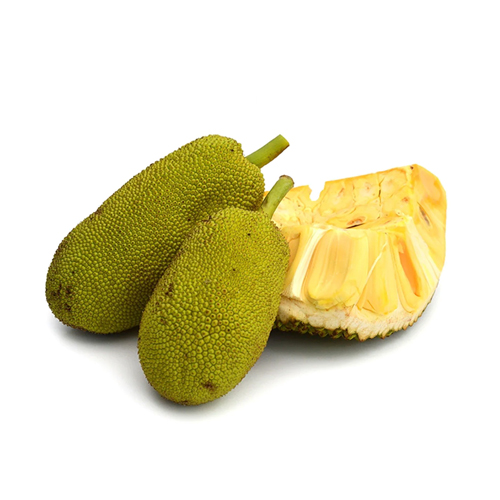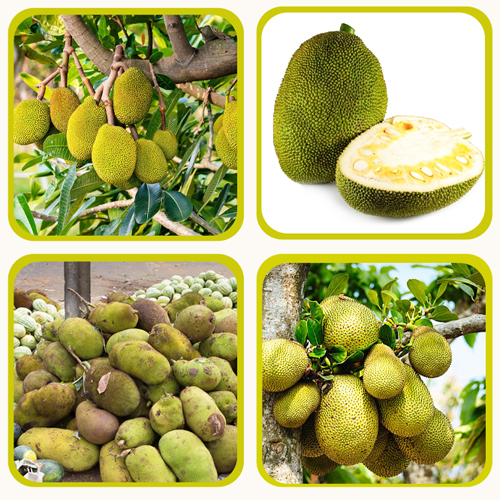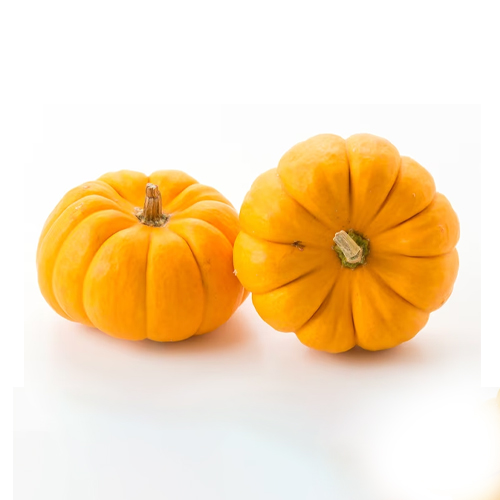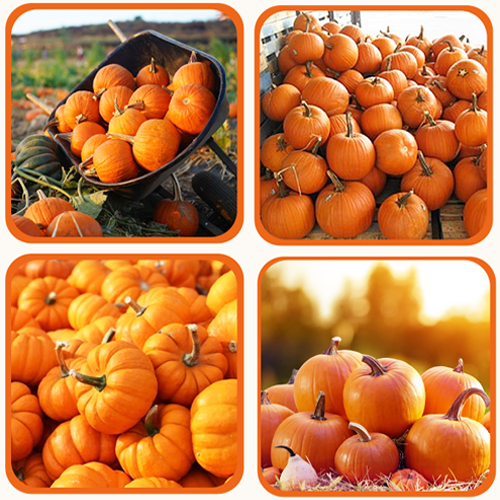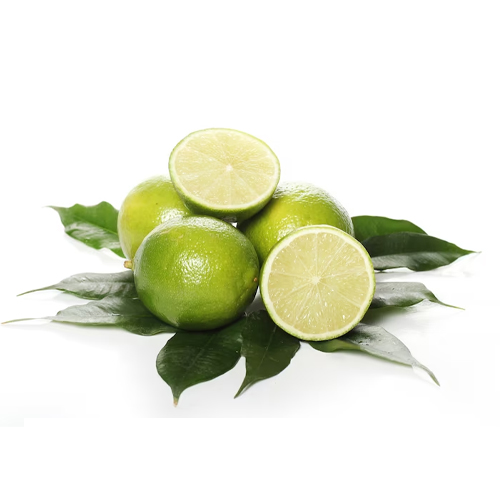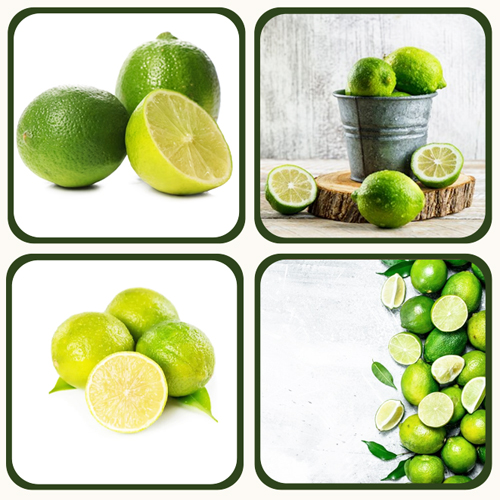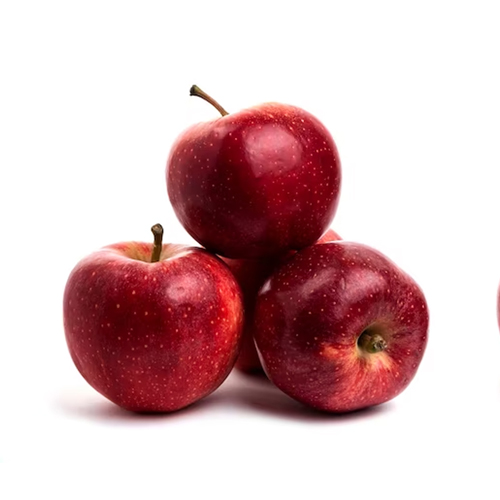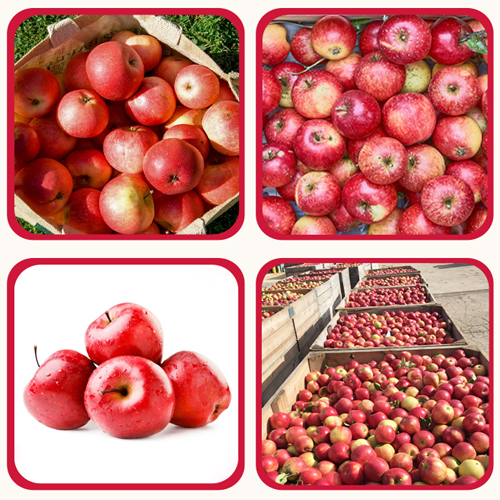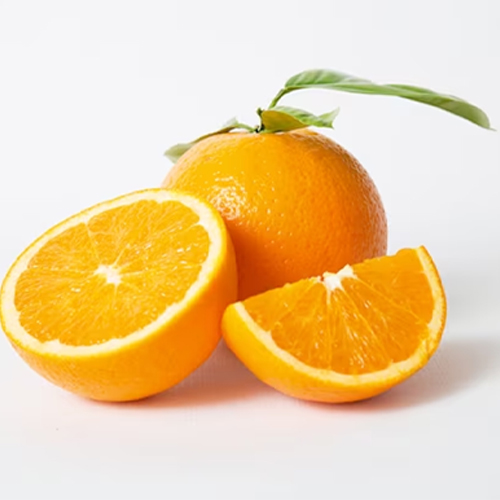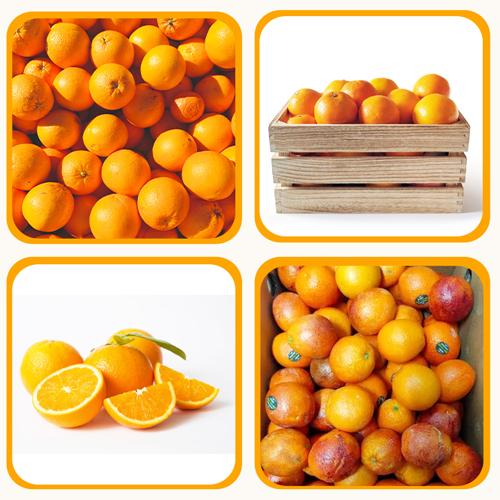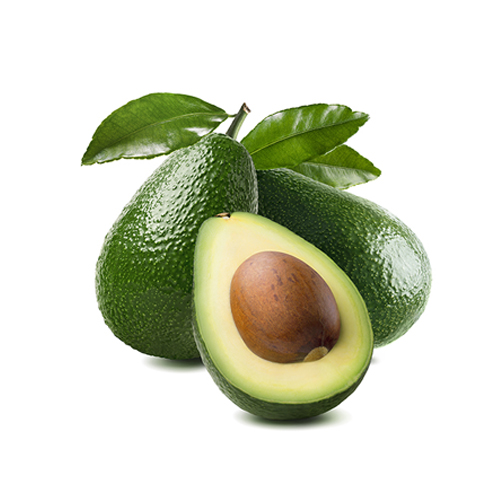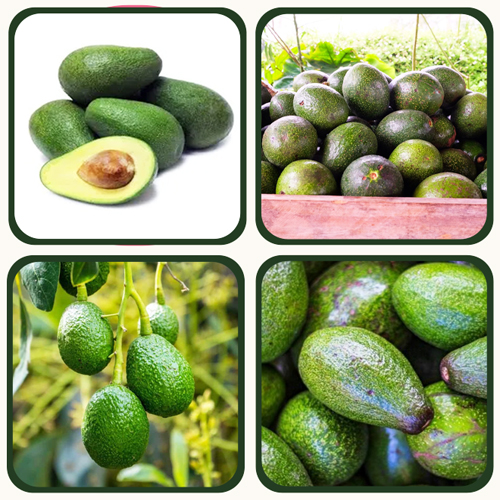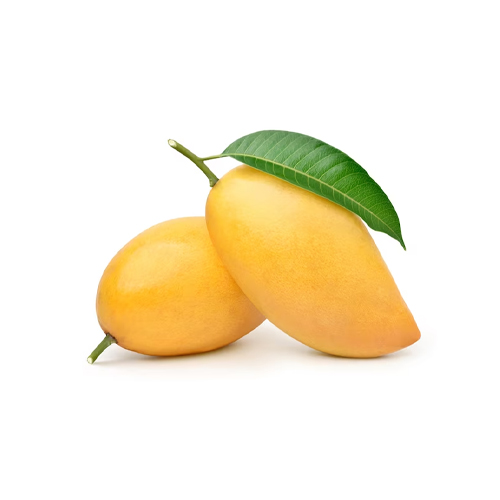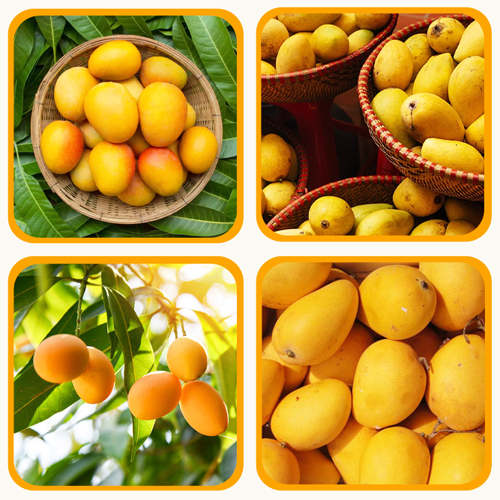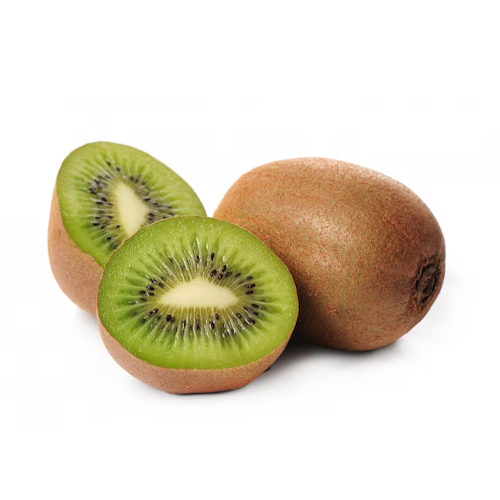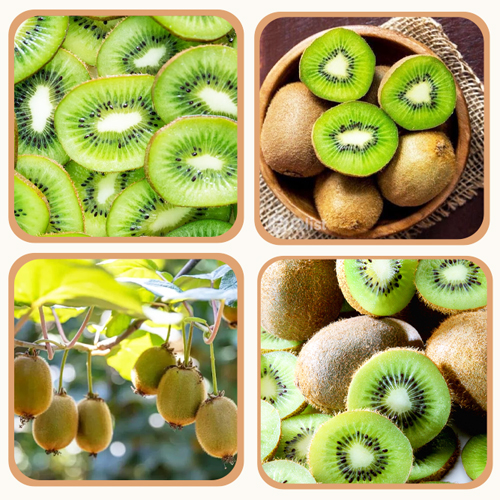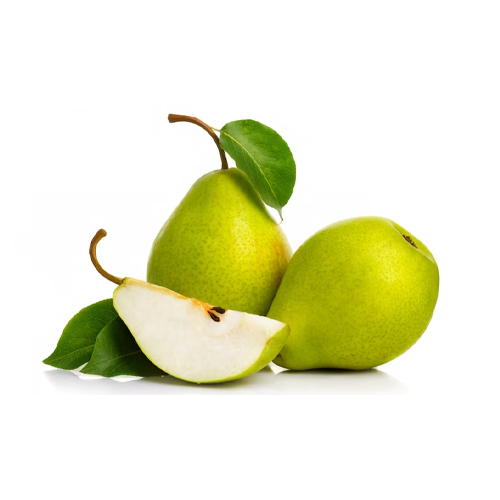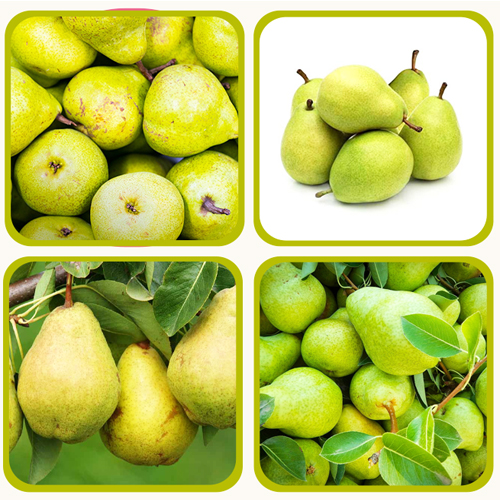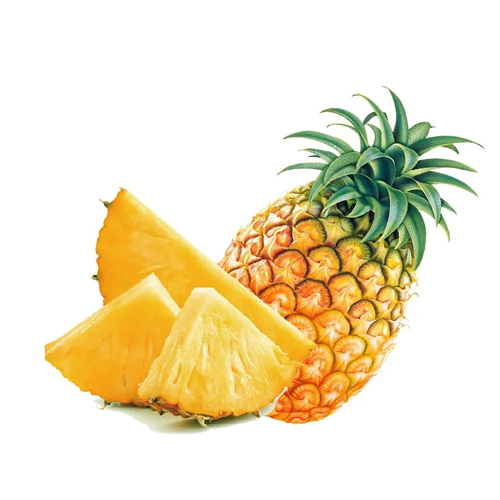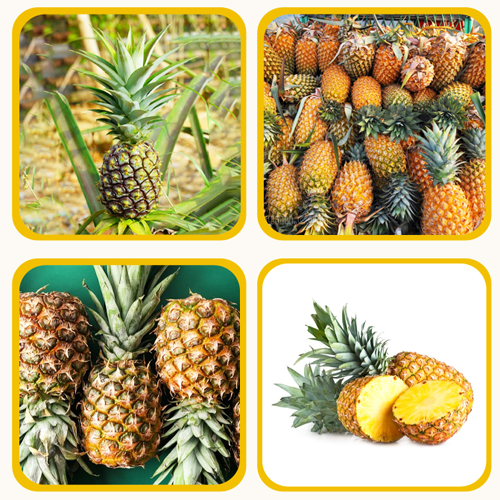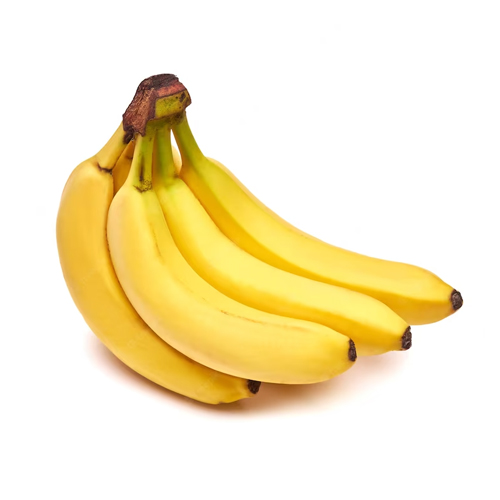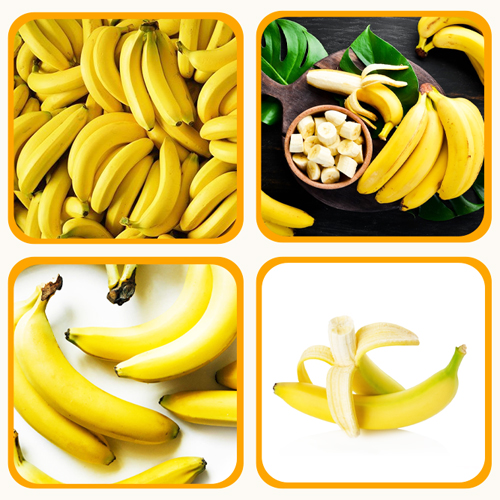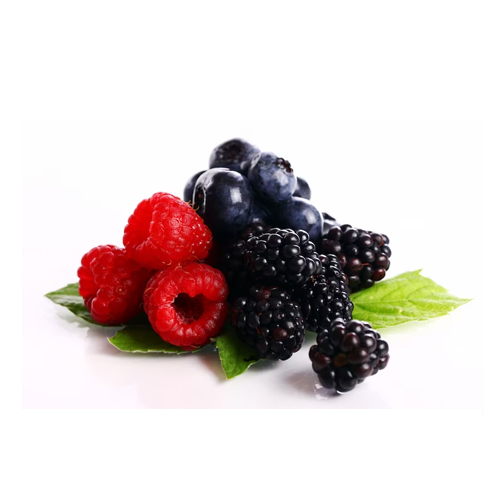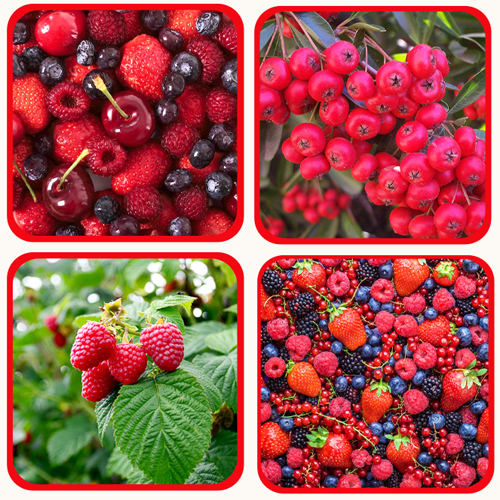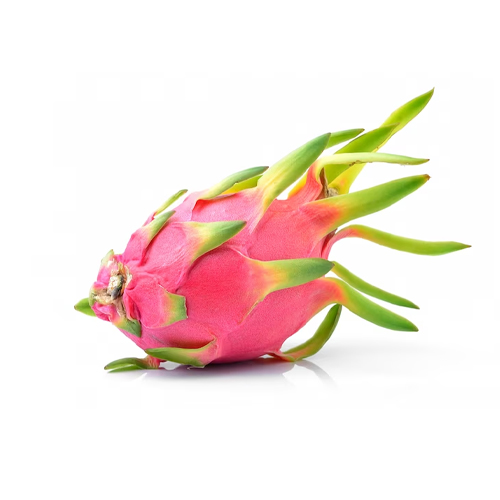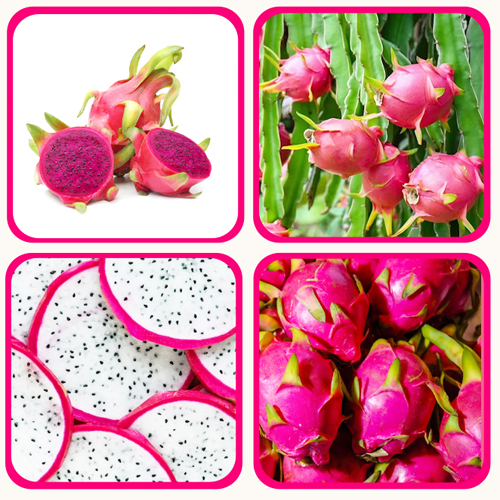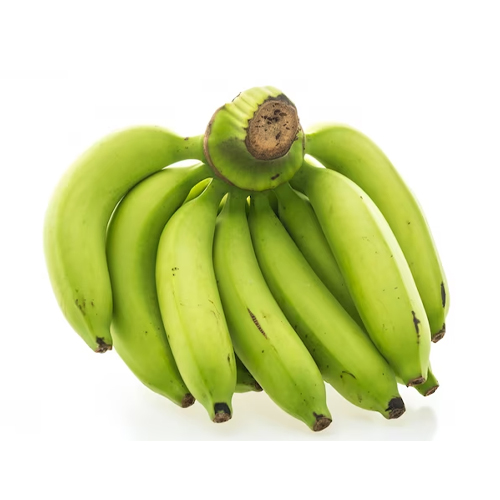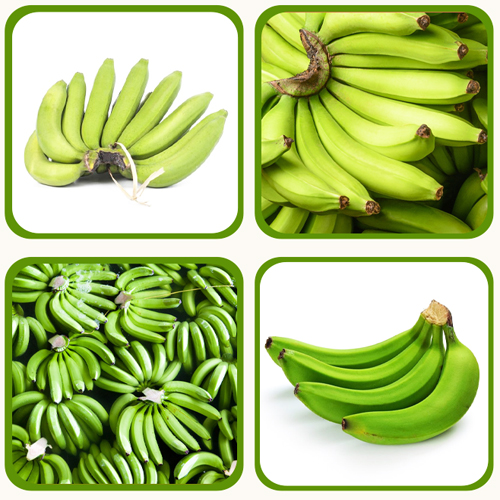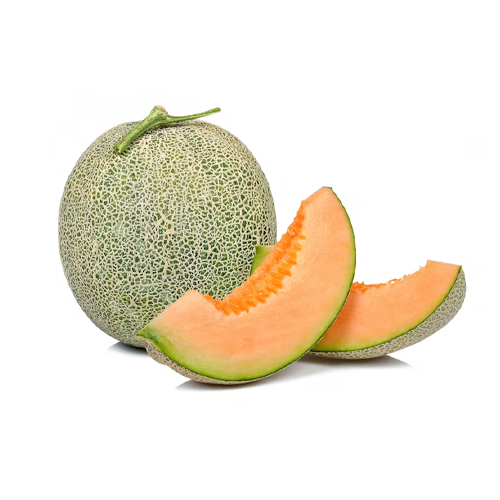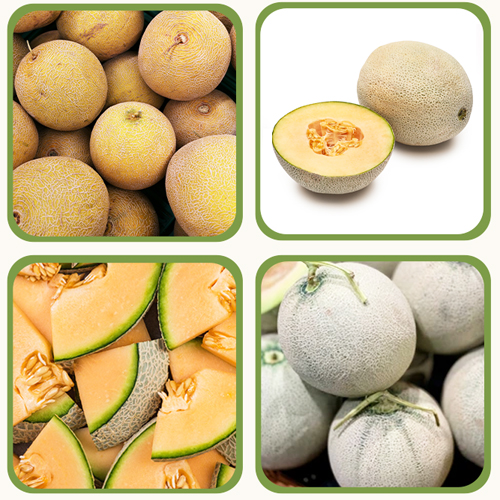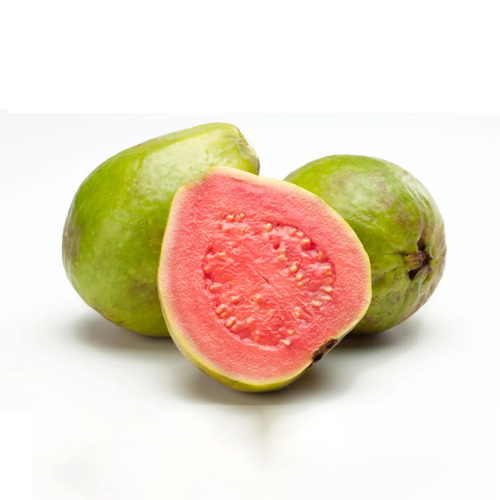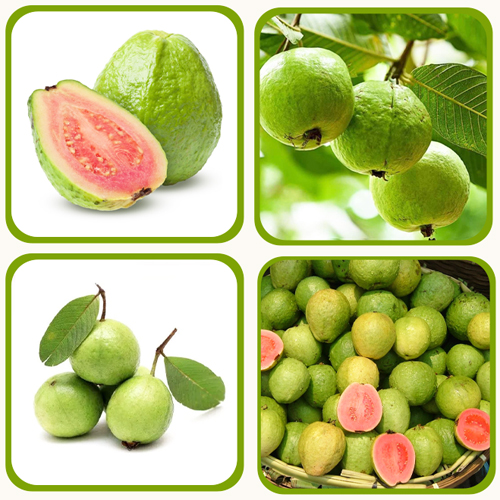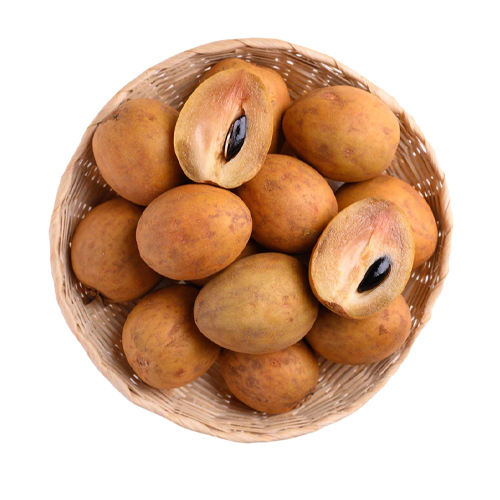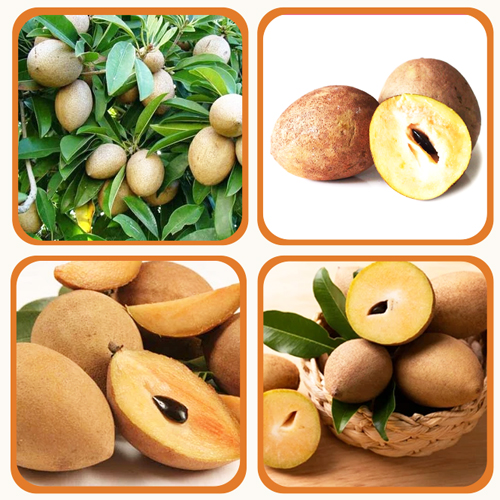POMEGRANATE
Pomegranate, (Punica granatum), bush or small tree of the family Lythraceae and its fruit. The juicy arils of the fruit are eaten fresh, and the juice is the source of grenadine syrup, used in flavourings and liqueurs. Pomegranate is high in dietary fibre, folic acid, vitamin C, and vitamin K.
Size as Per Export Standards:
GRAPES
Grapes are a type of fruit that grow in clusters of 15 to 300, and can be crimson, black, dark blue, yellow, green, orange, and pink. “White” grapes are actually green in color, and are evolutionarily derived from the purple grape.
Size as Per Export Standards:
TENDER KING COCONUT
King coconuts measure from 20 to 30 centimeters in length. They are harvested at around 7 to 8 months of maturity, which is about twice the age of a typical, young green coconut. The sweet and flavorful liquid within the nut contains electrolytes and minerals that mirror the needs of the human body.
Size as Per Export Standards:
FRESH GREEN COCONUT
Water coconuts are also called young, green or immature coconuts. Cracked open, the liquid found inside is called coconut water which is not to be. confused with coconut milk. Coconut water has long been a popular drink in the tropics.
Size as Per Export Standards:
SEMI HUSKED COCONUT
These are fully matured coconuts but while de-husking, the husk is left intact over the “eyes” of the coconut. This is a sensitive area, and by protecting it we can increase the shelf life of the coconut as the area susceptible to decay is protected
Size as Per Export Standards:
DRIED COCONUT (KHOPRA)
Dry coconuts are just that; dry. The milk within the coconut hardens as it matures and becomes the copra, or meat, of the coconut. After a coconut is first cracked the moisture content of the meat is roughly 50 percent and it contains around 30-40% oil. After being dried by heat or the sun, the moisture content dips down to 4 or 5% and the oil content jumps to 36-70%. The resulting Dry coconut is off-white to white in color with a mild coconut flavor.
Size as Per Export Standards:
LYCHEE
lychee, (Litchi chinensis), also spelled litchi or lichi, evergreen tree of the soapberry family (Sapindaceae), grown for its edible fruit. Lychee is native to Southeast Asia and has been a favourite fruit of the Cantonese since ancient times. The fruit is usually eaten fresh but can also be canned or dried.
Size as Per Export Standards:
Size : 35mm to 45m / m45mm++
JACKFRUIT
Jackfruit is the largest tree-borne fruit in the world, reaching up to 60 cm (about 2 feet) long and weighing up to 18 kg (about 40 pounds). It is ellipsoidal and aggregate, composed of multiple “bulbs” of seed-containing flesh around a stringy core, all of which is enclosed by a bumpy rind.
Size as Per Export Standards:
PUMPKIN
Pumpkin is a plump, nutritious orange vegetable, and a highly nutrient dense food. It is low in calories but rich in vitamins and minerals, all of which are also in its seeds, leaves, and juices. There are many ways to incorporate pumpkin into desserts, soups, salads, preserves, and even as a substitute for butter.
Size as Per Export Standards:
SWEET LIME (MOSAMBI)
Sweet limes are spherical citrus fruit with finely-textured skins with yellowish-orange in colour. The rind is semi-smooth and similarly pitted. In India, it is typically named mosambi or musambi
Size as Per Export Standards:
APPLE
Apple, (Malus domestica), domesticated tree and fruit of the rose family (Rosaceae), one of the most widely cultivated tree fruits. Apples are predominantly grown for sale as fresh fruit, though apples are also used commercially for vinegar, juice, jelly, applesauce, and apple butter and are canned as pie stock.
Size as Per Export Standards:
ORANGE
An orange is a fruit of various citrus species in the family Rutaceae (see list of plants known as orange); it primarily refers to Citrus × sinensis, which is also called sweet orange, to distinguish it from the related Citrus × aurantium, referred to as bitter orange.
Size as Per Export Standards:
AVOCADO
An avocado is a bright green fruit with a large pit and dark leathery skin. They’re also known as alligator pears or butter fruit. Avocados are a favorite of the produce section. They’re the go-to ingredient for guacamole dips.
Size as Per Export Standards:
MANGO
Mango, (Mangifera indica), member of the cashew family (Anacardiaceae) and one of the most important and widely cultivated fruits of the tropical world. The mango tree is considered indigenous to southern Asia, especially Myanmar and Assam state of India, and numerous cultivars have been developed.
Size as Per Export Standards:
KIWI
kiwi, (Actinidia deliciosa), also called kiwifruit or Chinese gooseberry, woody vine and edible fruit of the family Actinidiaceae. The plant is native to mainland China and Taiwan and is also grown commercially in New Zealand and California. The fruit has a slightly acid taste and can be eaten raw or cooked.
Size as Per Export Standards:
PEARS
Pears, (genus Pyrus), genus of some 20–45 trees and shrubs in the rose family (Rosaceae), including the common pear (Pyrus communis). One of the most important fruit trees in the world, the common pear is cultivated in all temperate-zone countries of both hemispheres. The fruit is commonly eaten fresh or is canned.
Size as Per Export Standards:
PINEAPPLE
Pineapple is native to tropical and subtropical America and has been introduced elsewhere. The fruit has become a characteristic ingredient in the meat, vegetable, fish, and rice dishes of what is loosely termed Pan-Asian cuisine. The fruit is eaten fresh where available and in canned form worldwide.
Size as Per Export Standards:
BANANA
A banana is an elongated, edible fruit – botanically a berry – produced by several kinds of large herbaceous flowering plants in the genus Musa. In some countries, bananas used for cooking may be called “plantains”, distinguishing them from dessert bananas.
Size as Per Export Standards:
BERRIES
Berry, in botany, a simple fleshy fruit that usually has many seeds, such as the banana, grape, and tomato. As a simple fruit, a berry is derived from a single ovary of an individual flower. The middle and inner layers of the fruit wall often are not distinct from each other.
Size as Per Export Standards:
DRAGON FRUIT
Dragon fruit may look exotic, but its flavors are similar to other fruits. Its taste has been described as a slightly sweet cross between a kiwi and a pear. Dragon fruit is a tropical fruit native to Mexico and Central America. Its taste is like a combination of a kiwi and a pear.
Size as Per Export Standards:
GREEN BANANA
Taste: Green bananas are mildly bitter in taste and not sweet.
Texture: They are firmer than yellow ones and are sometimes described as waxy. Green bananas are harder to peel and have firm skin, while ripe ones are easier to peel.
Composition: Green ones are loaded with starches.
Size as Per Export Standards:
MELON
Melon, (Cucumis melo), trailing vine in the gourd family (Cucurbitaceae), grown for its often musky-scented edible fruit. The melon plant is native to central Asia, and its many cultivated varieties are widely grown in warm regions around the world.
Size as Per Export Standards:
GUAVA
Guava, (Psidium guajava), small tropical tree or shrub of the family Myrtaceae, cultivated for its edible fruits. Guava trees are native to tropical America and are grown in tropical and subtropical areas worldwide. Guava fruits are processed into jams, jellies, and preserves and are common pastry fillings.
Size as Per Export Standards:
SAPODILLA / SAPOTA ( CHIKU )
Chikoo has brown fuzzy skin and is more oval-shaped than its Central American cousins, though some develop pointed ends. The skin is inedible, but serves a purpose as a kind of bowl for the sweet flesh. The flesh is off-white to a yellowish brown color and has a soft and juicy texture. The sweet flavor of the Chikoo flesh is due to the presence of high levels of fructose and sucrose.
Size as Per Export Standards:

